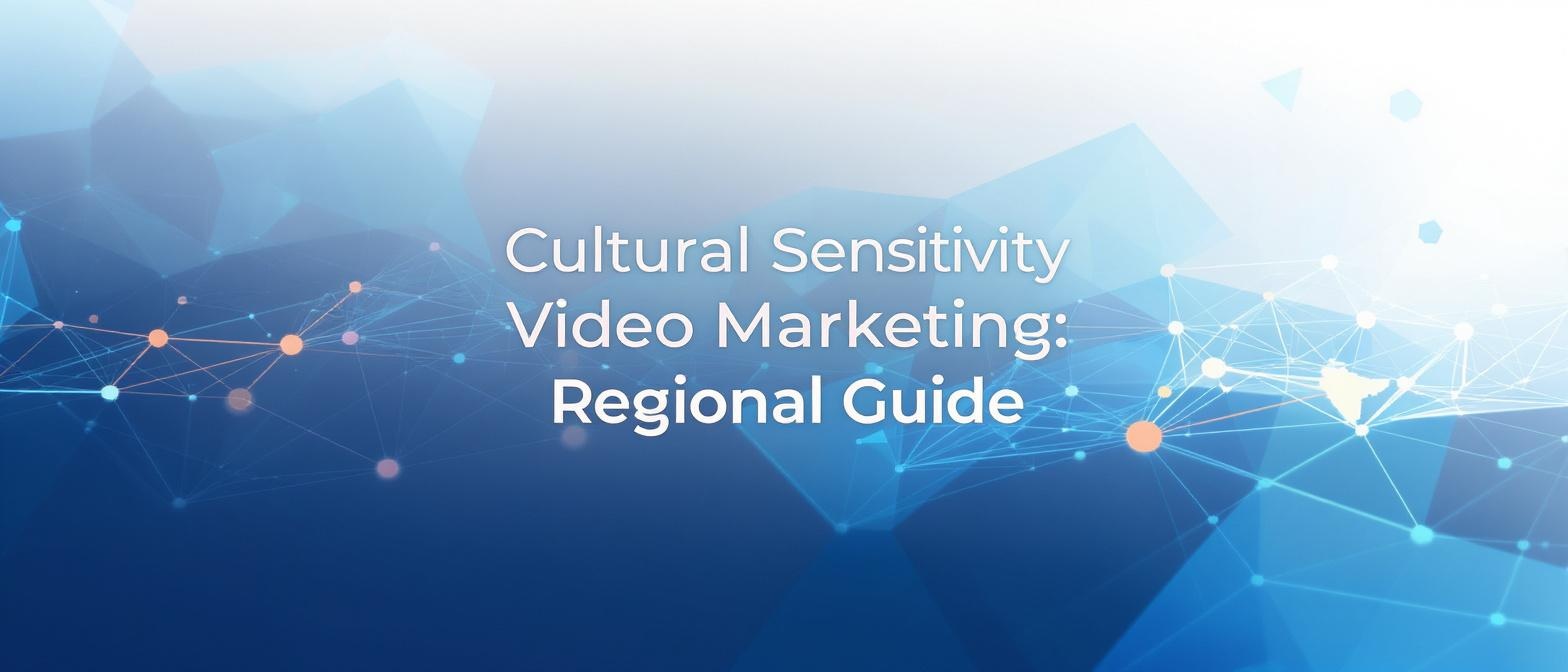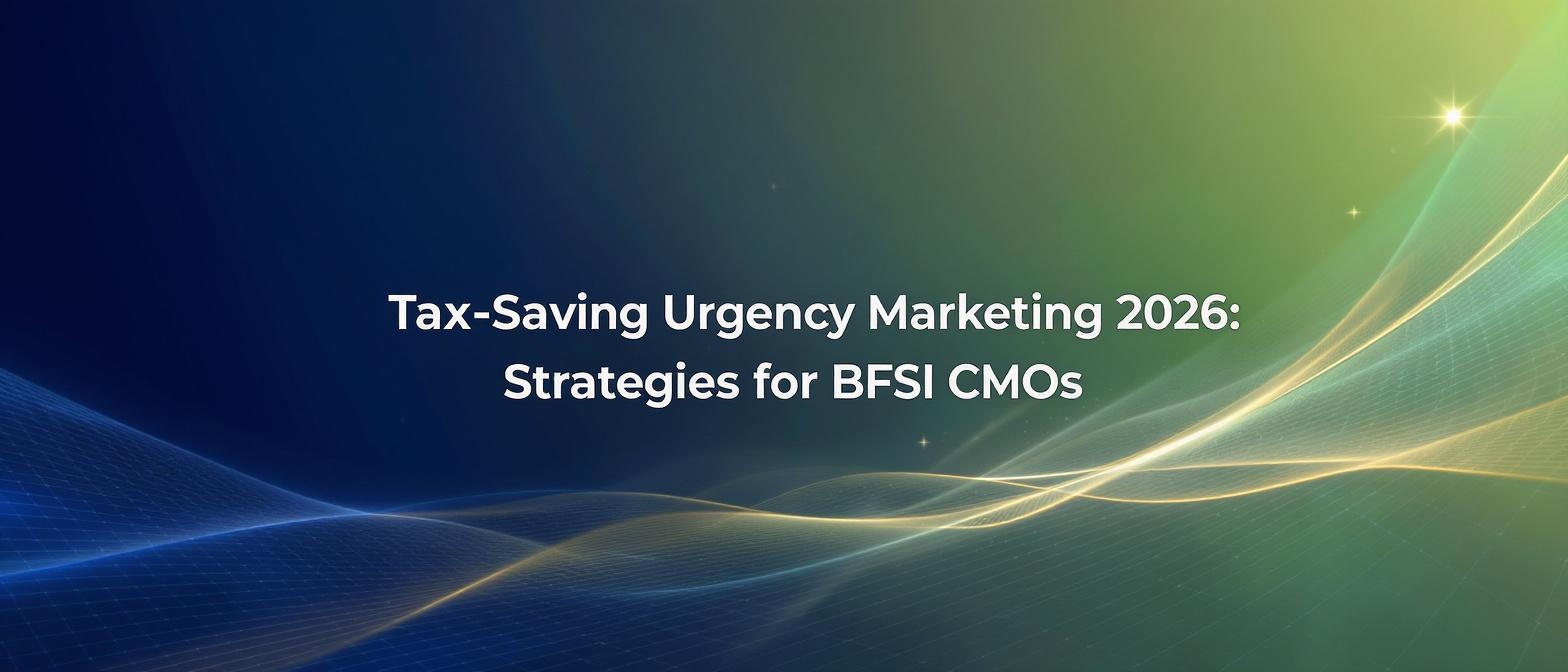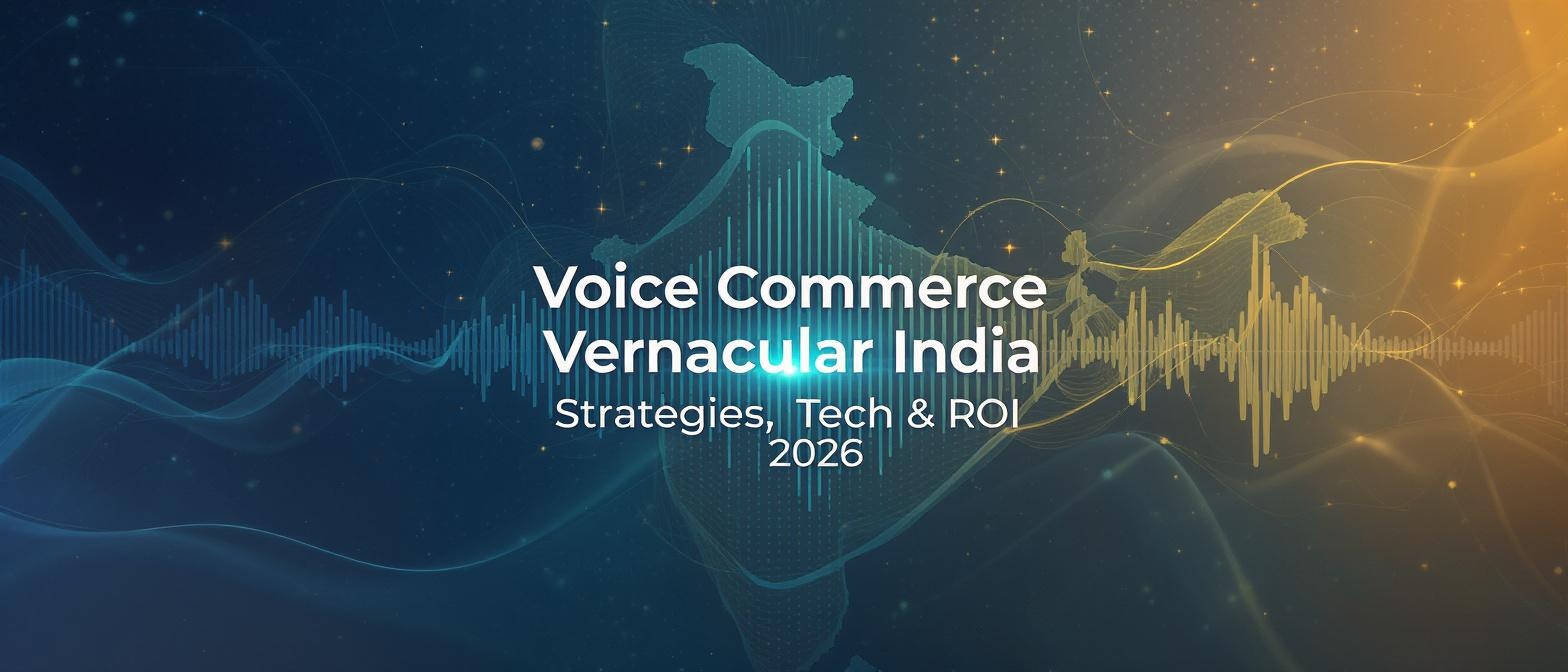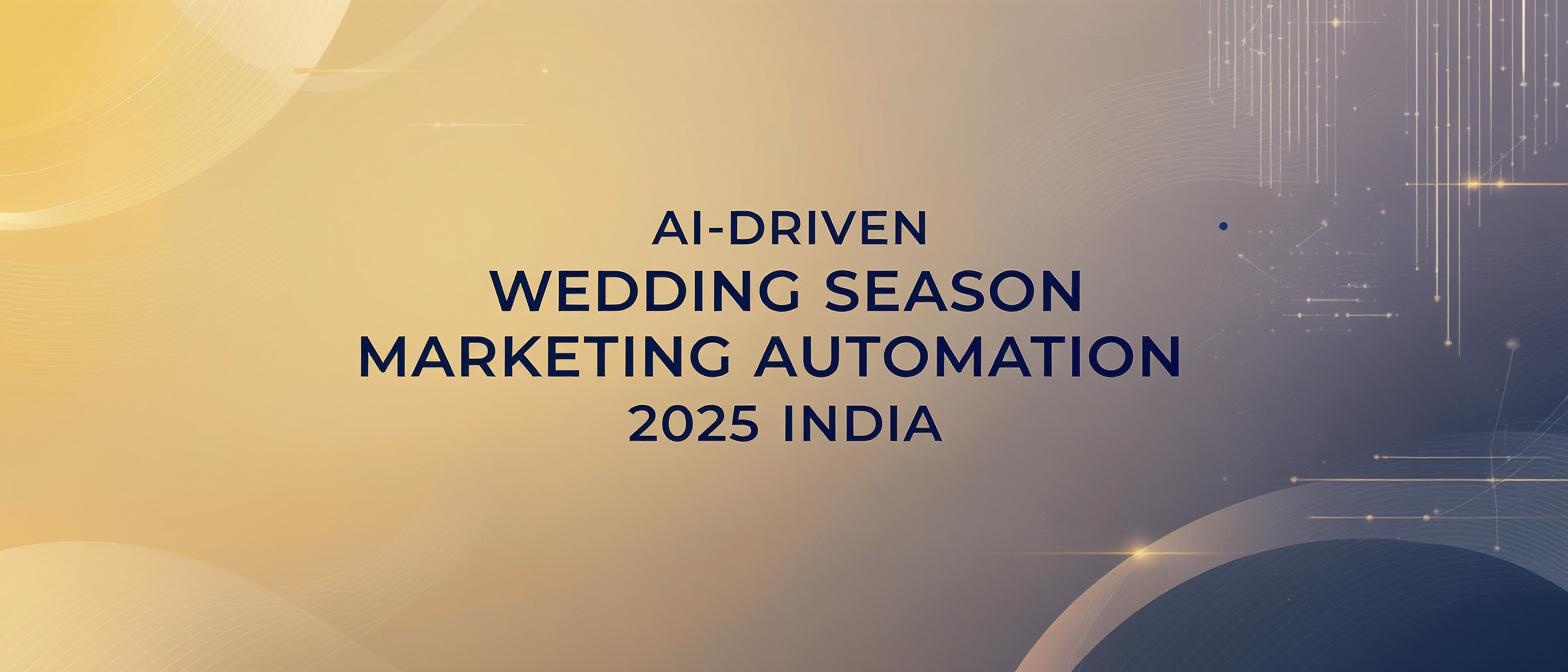Mastering Cultural Sensitivity Video Marketing for Multi-Regional Personalization in India
Estimated reading time: ~9 minutes
Key Takeaways
- Using cultural sensitivity in video campaigns fosters deeper audience connections
- Multi-regional personalization is essential given India’s diversity in language and customs
- Technology and AI-powered automation are game-changers for large-scale personalization
- Ethical and compliant practices protect brand reputation and consumer trust
In today's hyper-competitive digital landscape, cultural sensitivity video marketing is no longer a niche strategy but a fundamental requirement for success in India. This approach involves meticulously tailoring video content to resonate with the diverse cultural, linguistic, and social fabrics of a multi-regional audience. With studies showing that 72% of consumers prefer learning about a product through video, creating culturally appropriate video campaigns is the key to unlocking genuine connection and driving meaningful engagement across the subcontinent.
The challenge lies in the sheer scale of India's diversity. A one-size-fits-all video, even if translated, will inevitably fail to connect with an audience that spans 22 official languages and countless regional customs. This guide explores the strategies, technologies, and best practices required to master multi-regional personalization in India, ensuring your brand’s message is not just seen, but felt.
Defining Cultural Sensitivity in Video Marketing
Cultural sensitivity video marketing means tailoring campaign content, messaging, visuals, and delivery to respect and reflect the norms, languages, traditions, and festivals of each regional audience in India. It is the art of speaking to consumers in a voice that feels local, familiar, and authentic. This goes far beyond simple translation; it involves a deep understanding of the subtleties that define a region’s identity.
For brands operating in a multicultural market like India, the stakes are incredibly high. Getting it right builds profound brand trust, boosts engagement, and fosters long-term customer retention. When a brand demonstrates that it has taken the time to understand a community's values, it forges an emotional connection that generic advertising simply cannot replicate. Sensitive cultural messaging videos are pivotal in transforming passive viewers into loyal brand advocates.
Sources:- https://www.indiantelevision.com/mam/marketing/mam/cultural-sensitivity-in-advertising:-navigating-diversity-in-india%E2%80%99s-marketing-landscape-231204
- https://www.caclubindia.com/articles/beyond-words-the-art-of-cultural-translation-in-video-marketing-54102.asp
Understanding Multi-Regional Personalization Challenges in India
Executing multi-regional personalization in India is a complex undertaking due to the nation's unparalleled diversity. With 22 official languages, hundreds of dialects, and a rich tapestry of religions, festivals, and social customs that vary significantly from one state to another, a standardized marketing message is often rendered ineffective or, worse, offensive.
The operational hurdles are substantial. Marketers must navigate the complexities of high-quality translation, ensuring that idioms and cultural nuances are not “lost in translation.” Beyond language, there are critical visual elements to consider—gestures that are acceptable in one region may be offensive in another, and colors can carry vastly different symbolic meanings. For instance, white may signify mourning in some cultures while representing purity in others.
Furthermore, each state may have its own advertising regulations and compliance standards, adding another layer of complexity. Failure to navigate these challenges can lead to costly missteps that damage brand reputation. Therefore, developing robust cross-cultural video personalization strategies and creating regional marketing compliance videos are not just best practices; they are essential for sustainable growth in the Indian market.
Sources:- https://www.indiantelevision.com/mam/marketing/mam/cultural-sensitivity-in-advertising:-navigating-diversity-in-india%E2%80%99s-marketing-landscape-231204
- https://www.caclubindia.com/articles/beyond-words-the-art-of-cultural-translation-in-video-marketing-54102.asp
Strategies for Culturally Appropriate Video Campaigns
To create truly resonant and culturally appropriate video campaigns, marketers must adopt a granular and data-driven approach. This involves moving beyond superficial adaptations and embedding deep cultural insights into the core of the creative strategy. Platforms like TrueFan AI enable this level of granular personalization at scale, but the underlying strategy remains crucial.
Here are some detailed strategies for crafting sensitive cultural messaging videos:
- Embrace Vernacular Nuances: Go beyond standard translations by incorporating local idioms, dialect phrases, and colloquialisms. This requires collaboration with native speakers and in-market creative teams to ensure the language feels natural and authentic, not machine-generated.
- Adapt Sensory Elements: Tailor the entire audio-visual experience to regional tastes. This includes adapting color palettes to reflect local aesthetics, using music genres and instruments popular in the region, and ensuring that wardrobe choices for actors align with local customs and sensibilities.
- Avoid Cultural Clichés: Replace generic, pan-Indian symbols with icons and references that hold specific meaning for the target region. For example, instead of a generic Diwali lamp, a campaign in Tamil Nadu might feature imagery specific to the Karthigai Deepam festival.
- Leverage Geo-Targeted Automation: Use marketing automation platforms to trigger personalized messaging based on user location, language preferences, and behavioral data. This ensures that a user in West Bengal receives a Durga Puja greeting while a user in Kerala receives an Onam message.
A prime example is Flipkart’s “Kidults” campaign, which featured children portraying adults in various scenarios. This campaign resonated deeply by reflecting the nuances of Indian family dynamics and using humor that felt authentic to the culture. Similarly, McDonald’s India excels at regional adaptation video marketing by tailoring its festival campaigns, product offerings, and storytelling to align with specific regional celebrations and tastes.
Sources:- https://brandimprint.in/viral-marketing-campaigns-in-indian-market-brand-imprint/
- https://www.warc.com/newsandopinion/opinion/brand-in-action-how-mcdonalds-india-celebrates-the-festive-culture-by-tailoring-its-offerings-and-experiences/en-gb/6685
Deploying Technology for Cultural Awareness Marketing Automation
Achieving multi-regional personalization in India manually is an impossible task. The scale and complexity demand sophisticated technology capable of automating the creation and distribution of thousands, or even millions, of unique video variants. This is where cultural awareness marketing automation, powered by generative AI, becomes a game-changer.
TrueFan AI's 175+ language support and Personalised Celebrity Videos exemplify this technological leap. The platform transforms a single 15-minute celebrity shoot into an infinite library of hyper-personalized videos, each tailored to an individual viewer. This is accomplished through a suite of advanced features:
- Virtual Reshoots & AI Editing: Brands can alter messaging, swap offers, or update calls-to-action within existing video footage without needing to reshoot. This agility allows for rapid A/B testing and campaign iteration, saving thousands of hours in production time.
- Multilingual Localization: The technology ensures perfect lip-sync and retains the celebrity's unique voice and emotional expressions across more than 175 languages. This maintains the authenticity of the endorsement, which is often lost with traditional dubbing.
- API-Driven Integration: Seamless integration with CRMs, e-commerce platforms, and messaging apps like WhatsApp allows for real-time video triggers. A brand can automatically send a personalized video for cart abandonment, birthday wishes, or festival greetings, embedding itself into the customer's lifecycle.
- Advanced AI Visuals: Using cutting-edge diffusion-based face reanimation, the platform can realistically alter facial expressions and speech patterns, making the personalized message appear completely natural.
By embedding region-specific data points—such as names, locations, local festivals, and preferred languages—directly into each video render, this automation ensures that every communication is inherently culturally aware. This moves beyond broad segmentation to true one-to-one, inclusive video marketing practices.
Source: TrueFan AI Executive Document
Ensuring Operational & Ethical Compliance
As brands delve deeper into personalization, the responsibility to handle data and likenesses ethically becomes paramount. Respectful personalization campaigns must be built on a foundation of security, consent, and transparent governance. Failure to do so not only risks legal repercussions but can also cause irreparable damage to brand trust.
A critical component of this is adhering to internationally recognized data security standards. Certifications like ISO 27001 and SOC 2 demonstrate a commitment to robust information security management systems, assuring clients and their customers that personal data is protected against unauthorized access and breaches.
Beyond data security, ethical personalization requires a consent-first model. This means obtaining explicit, formal consent from any talent, especially celebrities, before their likeness is used in a campaign. Contracts should clearly define usage windows, contexts, and boundaries. Furthermore, a robust content moderation system is essential to automatically block the generation of videos containing political, offensive, or discriminatory references, protecting both the brand and the celebrity from misuse. These legal and ethical safeguards are non-negotiable for any brand serious about building long-term, respectful relationships with its audience.
Source: TrueFan AI Executive Document
Best Practices for Inclusive Video Marketing Practices
Inclusive video marketing is about ensuring that diverse audiences see themselves reflected in a brand’s storytelling. It is a deliberate practice that extends beyond casting to encompass every element of the video's production. Implementing these best practices ensures your campaigns are not only culturally sensitive but also accessible and welcoming to all.
Here are key best practices to follow:
- Authentic Representation: Go beyond tokenism. Actively feature diverse age groups, religions, body types, and regional attire in your visuals to accurately reflect the multicultural tapestry of India.
- Prioritize Accessibility: Make your content accessible to people with varying abilities. Always include clear, legible subtitles or transcriptions for the hearing impaired. As of 2025, a Wistia report highlights that videos with subtitles see significantly higher engagement.
- Conduct Regional Focus Groups: Before launching a major campaign, test prototypes with focus groups from each target region. This provides invaluable qualitative feedback on cultural resonance, helping you catch potential misinterpretations before they become public mistakes.
- Align Audio with Local Tastes: Ensure the voice-over talent speaks in a dialect that is authentic to the region. The background score and musical cues should also align with local preferences, as music is a powerful emotional and cultural signifier.
Technology can aid in refining these practices. For example, analytics dashboards can provide granular insights into how different scripts, visuals, and calls-to-action perform across various regions. By analyzing engagement metrics like view-through rates and click-through rates, marketers can continuously optimize their content for maximum cultural impact and inclusivity.
Case Studies & Real-World Applications
The true measure of any strategy is its real-world impact. Solutions like TrueFan AI demonstrate ROI through tangible metrics, proving that culturally sensitive, personalized video campaigns drive exceptional business outcomes.
- Zomato's Mother's Day Campaign: In a groundbreaking initiative, Zomato generated 354,000 personalized videos in a single day. Featuring Bollywood stars, each video addressed a user's mother by name. The campaign went viral, driving record-breaking order volumes and creating immense organic social buzz.
- Hero MotoCorp's Festive Greetings: To engage its vast customer base during the festive season, Hero MotoCorp deployed 2.4 million regionalized videos. These videos featured celebrities wishing customers by name, mentioning their local dealership, and inviting them to a service camp. The campaign directly spurred a significant increase in dealership footfall.
- Goibibo's Travel Nudges: The travel platform targeted users who had searched for trips but not booked. They received WhatsApp videos from cricketer Rishabh Pant that referenced their searched destination. This cross-cultural video personalization strategy resulted in 17% higher message read rates compared to standard text reminders.
These case studies prove that when culturally appropriate video campaigns are executed at scale, they do more than just build brand love; they become powerful drivers of revenue and customer loyalty.
Source: TrueFan AI Executive Document
Future Trends & Opportunities in Cultural Sensitivity Video Marketing
The landscape of video marketing is in constant flux, driven by technological advancements and evolving consumer expectations. As we look towards 2025 and beyond, several key trends are set to redefine multi-regional personalization in India. According to recent industry reports, 89% of businesses already use video as a marketing tool, and this adoption is only set to deepen with new innovations.
- The Rise of AI-Powered Interactive Video: A 2025 trends report from Visla highlights that AI-driven content creation is the single most significant trend in video marketing. Expect a surge in short-form, interactive video ads where AI can dynamically alter the narrative based on real-time user engagement.
- Growth in Predictive Analytics: Marketers will increasingly leverage predictive analytics to micro-target audiences with unparalleled precision. AI algorithms will analyze behavioral data to predict not just what a consumer might buy, but also their preferred communication style, language, and cultural context.
- Expansion of Social Commerce in Tier II/III Cities: As digital penetration deepens in India's smaller cities and towns, video-first social commerce will explode. This will create a massive demand for hyper-localized content that speaks the language and reflects the culture of these emerging consumer bases.
To capitalize on these trends, brands should pilot test interactive elements like QR-triggered video journeys, integrate deeper CRM triggers for life-cycle marketing, and use AI-powered sentiment analysis to gauge the emotional response to their campaigns. The future lies in creating dynamic, two-way video conversations that are powered by cultural awareness marketing automation.
Sources:- https://www.forbes.com/councils/forbesbusinesscouncil/2025/03/04/video-ads-trends-in-2025-next-in-ai-personalization-and-data/
- https://wyzowl.com/video-marketing-statistics/
- https://www.visla.us/blog/listicles/video-marketing-trends-for-2025-with-updated-statistics/
Conclusion & Call to Action
In the intricate and diverse market of India, mastering cultural sensitivity video marketing is the definitive path to building lasting brand loyalty. The days of generic, one-to-many broadcasting are over. Today’s consumers demand and reward brands that invest the effort to understand their unique cultural identity. By carefully balancing hyper-personalization with deep cultural respect, businesses can move beyond transactional relationships to forge genuine, emotional connections with audiences across every region.
This requires a potent combination of insightful strategy, authentic creative, and powerful technology. Adopting inclusive video marketing practices is not just an ethical imperative but a powerful competitive advantage.
Ready to transform your customer engagement with scalable, compliant, and culturally aware video campaigns? Explore enterprise solutions that can help you connect with every customer on a personal level.
Frequently Asked Questions (FAQ)
1. What is the first step in creating a culturally sensitive video marketing strategy?
The first step is deep audience research. Before creating any content, invest in understanding the linguistic nuances, cultural norms, religious sentiments, and popular customs of each specific region you plan to target in India.
2. How can I ensure my video translations are accurate and culturally appropriate?
Avoid relying solely on automated translation tools. Work with professional translators who are native speakers of the target dialect. Additionally, have a cultural consultant or a focus group from the region review the script to catch subtleties and idioms that a direct translation might miss.
3. Are there legal risks associated with multi-regional video marketing in India?
Yes. Each state may have different advertising standards, consumer protection laws, and regulations regarding sensitive topics. It is crucial to have a legal review process to ensure all your regional marketing compliance videos adhere to local laws.
4. How does a platform like TrueFan AI handle the consent of celebrities for millions of personalized videos?
TrueFan AI operates on a strict consent-first model. Every celebrity partnership is governed by a formal contract that explicitly outlines how their likeness will be used. Campaigns are approved by the talent at kickoff, and built-in moderation filters prevent the generation of unapproved or inappropriate content, ensuring brand and celebrity safety.
5. What is the most significant mistake brands make in cultural personalization?
The most common mistake is relying on stereotypes and clichés. Using generic or outdated symbols for a region can come across as inauthentic or even offensive. Effective personalization requires moving beyond stereotypes to celebrate the genuine, modern identity of each culture.





